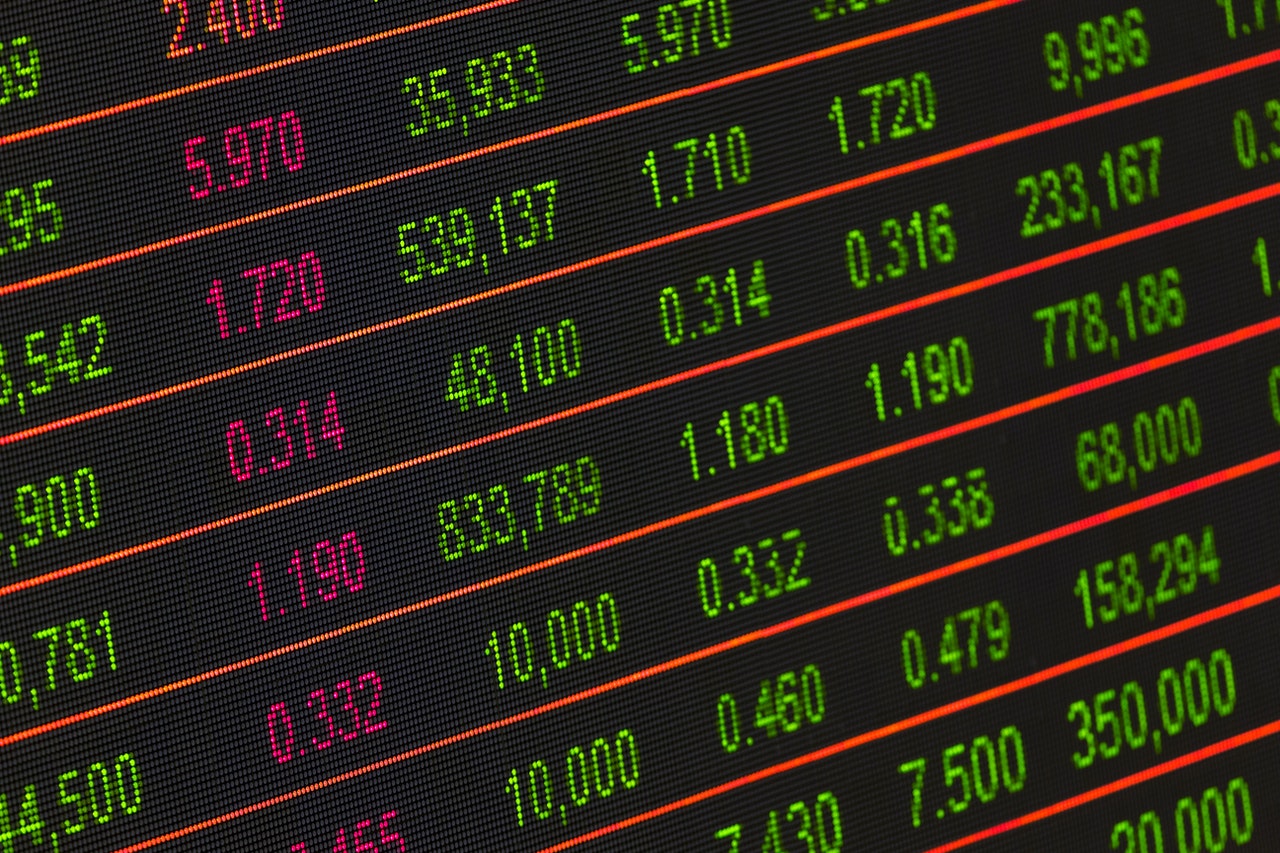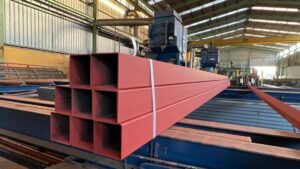Seaborne iron ore prices have been driven higher as markets adjust to the extent of disruption from the Russian invasion of Ukraine. Debate continues however on the extent to which China will stimulate its own economy.
The Kallanish KORE 62% Fe index jumped $7.73/t to $150.92/dry metric tonne cfr Qingdao, the highest since 1 September 2021. The Kallanish KORE 65% Fe index leapt $9.51/t to $181.97/dmt cfr, and the KORE 58% Fe index increased $3.21/t to $127.60/dmt cfr.
On the Dalian Commodity Exchange May iron ore settled up CNY 44/t at CNY 790.5/t ($125.17/t), while on the Singapore Exchange April 62% Fe futures settled up $9.11/t at $158.22/t. The same contract for 65% Fe and 58% Fe futures settled up $11.56/t at $188.24/t, and up $3/t at $130.67/t respectively.
Chinese scrap and billet prices were also increasing. 6mm+ heavy scrap delivered to mills in the Yangtze River delta gained CNY 23/t to CNY 3,663/t, driven by higher mill prices in Zhejiang and Anhui provinces. In Tangshan, billet prices increased CNY 50/t to CNY 4,680/t.
The Russian invasion of Ukraine has set commodity markets on fire. For iron ore, it not only implies disrupted shipments and higher freight rates. It also means traders are willing to hold stocks as they expect prices to increase and they prefer to hold stocks close to their customers. This has left prices rising despite little seaborne spot activity being completed over the two main public trading platforms.
Confidence in prices has also been supported by speculation over greater Chinese stimulus. Guo Shuqing, chairman of the China Banking and Insurance Regulatory Commission, voiced support for limited stimulus at a State Council press briefing on Wednesday. However, he also spoke against “flood irrigation”, which means the indiscriminate release of credit to spark greater economic activity. Stimulus may be less steel intensive than in the past.
Tomas Gutierrez UK






